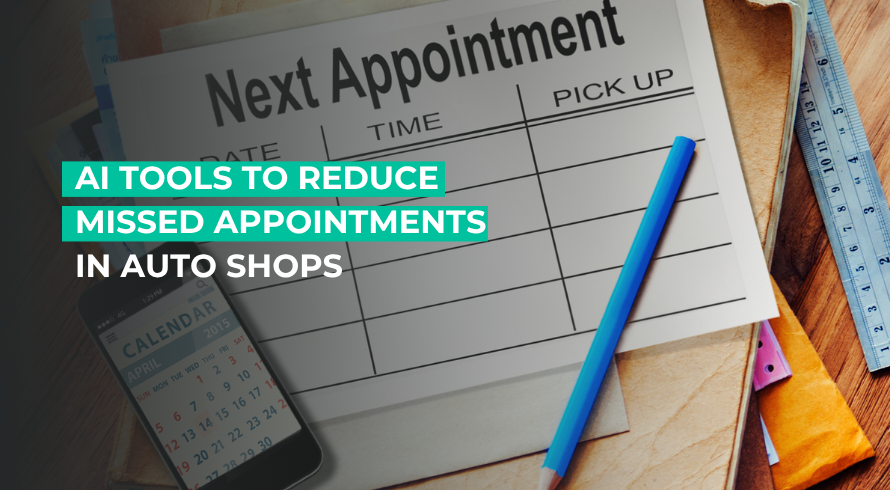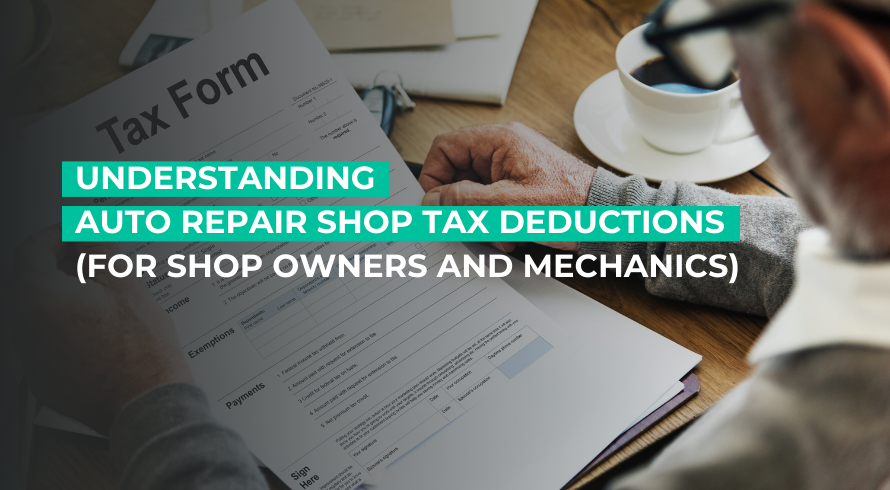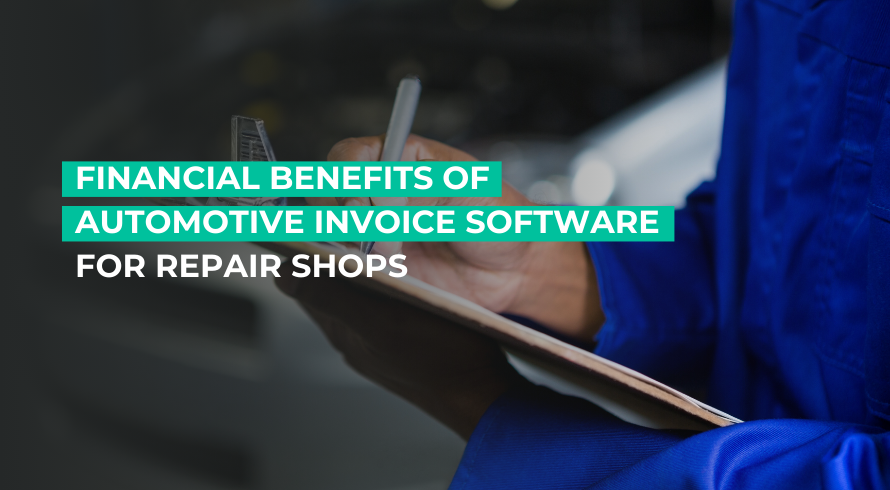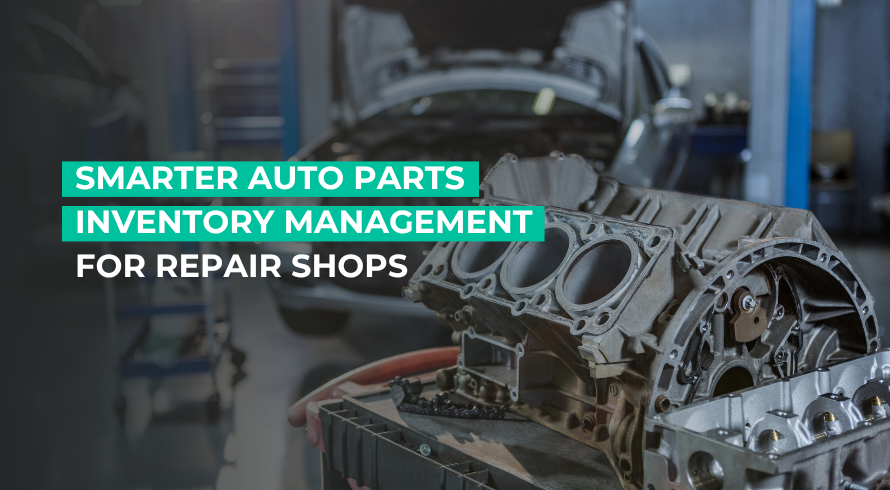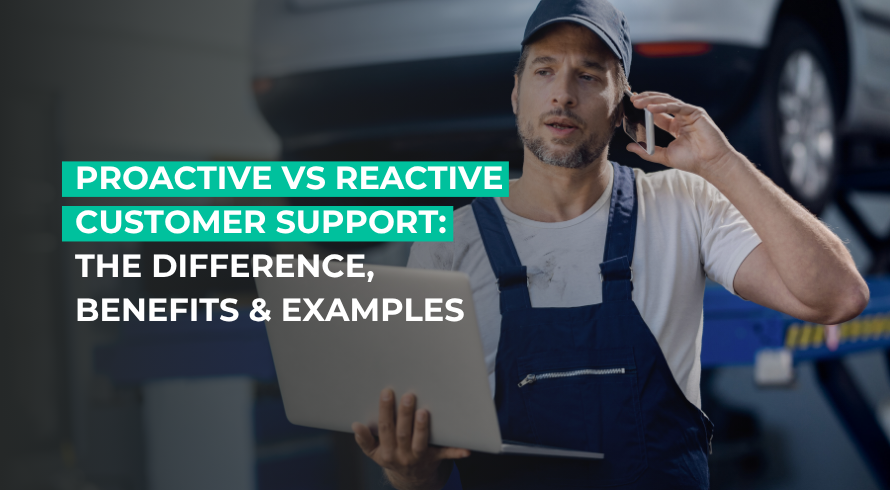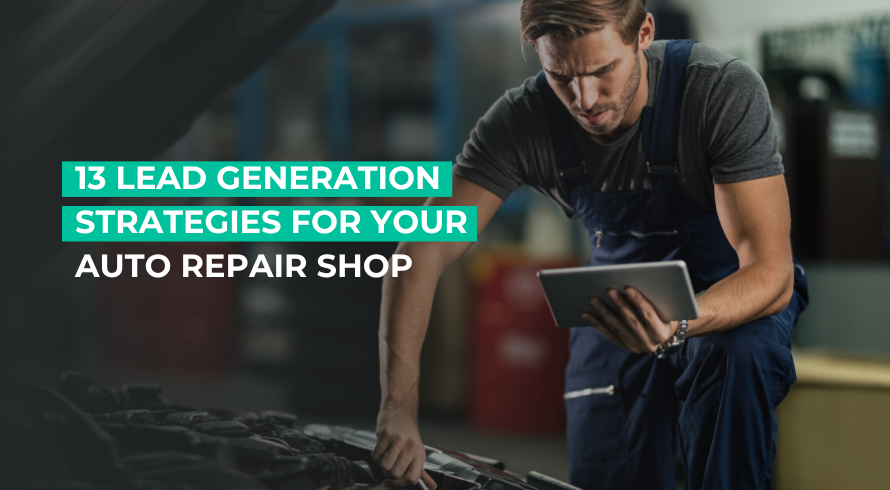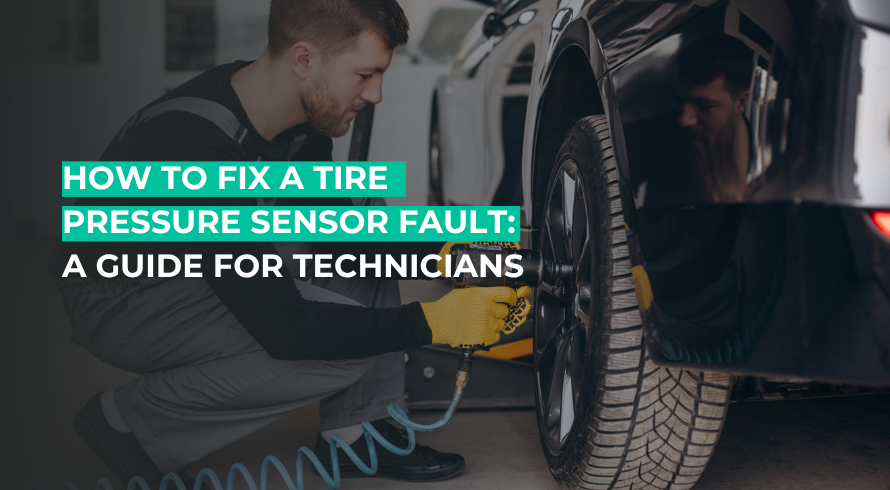AutoLeap Blog
Your go-to resource for industry news, trends and business advice
Featured Blog
Every minute is crucial for a thriving auto repair business. But despite all their efforts, shops often lose out on revenue from missed customer calls or when customers fail to show up for scheduled appointments.
-
 Dua Fatimah
Dua Fatimah
- Published
- Tips
Disclaimer: This guide is for informational and educational purposes only and does not constitute professional tax advice. Tax laws and ...
- Published:
- Business Advice, Tips
When you’re running an auto shop, you’re managing customers, operations, inventory, and so much more. You’re busy enough without having ...
- Published:
- Tips
Auto repair receipts are more than just a piece of paper; they’re a crucial part of building customer trust. When ...
- Published:
- Tips
Auto mechanics have been around since the time the first vehicle was around. In the very beginning, there were no ...
- Published:
- Tips
Whether you run an auto repair shop or a dealership, parts inventory is one of the most vital parts of ...
- Published:
- Tips
With customers expecting fast solutions and instant responses, your business also needs to be on top of its game for ...
- Published:
- Tips
Running an auto shop isn’t just about servicing cars. There are many back-office tasks that keep the auto shop running ...
- Published:
- Tips
Is setting up an auto shop enough to bring in customers? If only it were that easy. A full-service bay ...
- Published:
- Tips
Tire Pressure Monitoring Systems are known as key automotive safety technology essential in every modern vehicle. The system uses sensors ...
- Published:
Advice delivered to
your inbox



